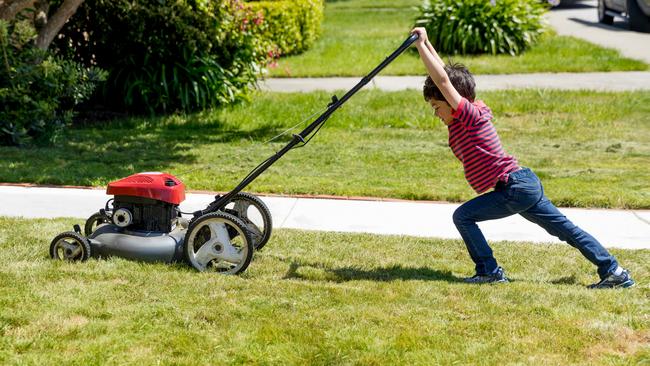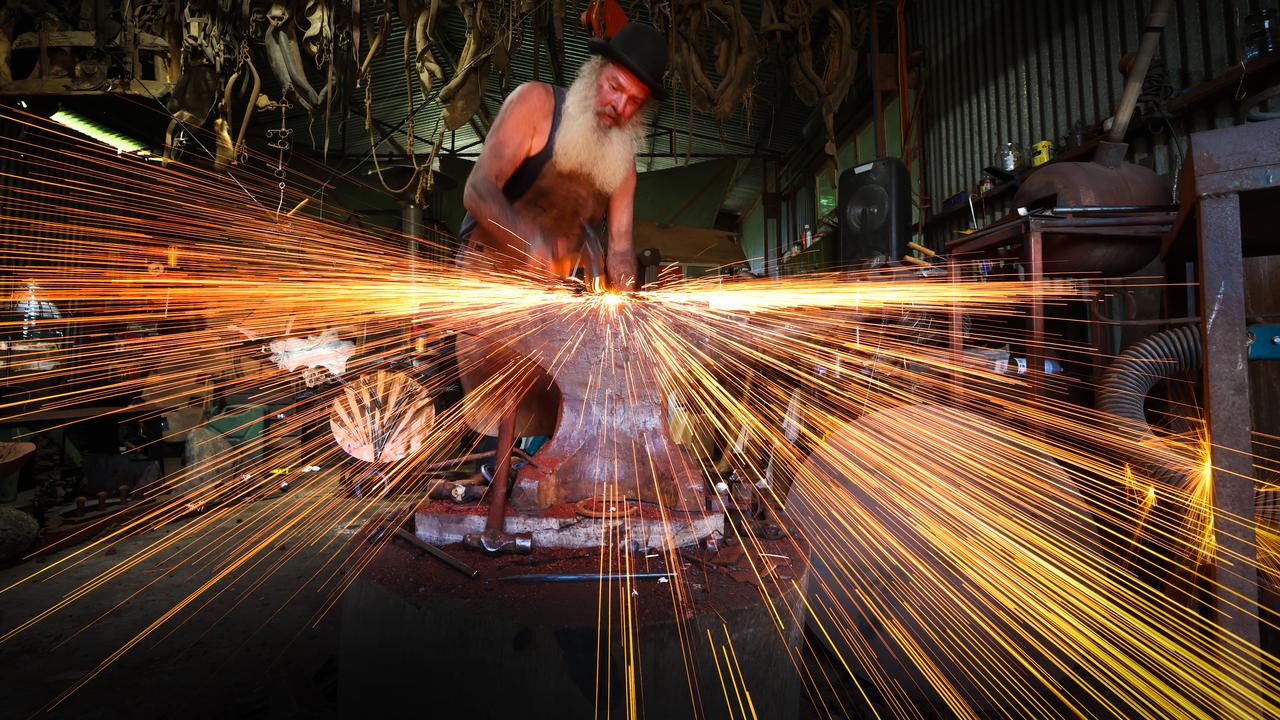
In the cities and regions of our continent there thrives a lifeform that is powerfully if not uniquely Australian. I refer to the species, the genus, the familial tribe known as the Houseproud People.
Every weekend, the peoples of the houseproud nation set about improving their personal place of residence. A lick of paint. A potted plant. A new telly. Are you shopping for, or have you ever shopped for, a specific flowering plant for a specific place in your home? And when you carefully position that potted plant in that place do you stand back, interminably adjust its foliage orientation, and then quietly admire the sheer artistry of your handiwork? No? I don’t believe you!
Over the generations we have created a culture, an industry, a national trait that centres on the family home. It’s evident in our language. We invented (or commandeered) the quarter-acre block, the three-bedroom brick veneer, the barbecue area. We know precisely what is meant by the front yard, the back yard, the nature strip. The washhouse, the woodshed and the lavatory are no longer. They have been superseded by newer, flasher iterations. Just like our homes, our terminology evolves. Who remembers the front room, the good room, the porch? The back veranda is truly an exemplar of Aussie adaptability: over the past 50 years it has been known as the patio, the deck, the terrace and the al fresco entertaining space. Where shall we dine? In the kitchen? In the dining room? Al fresco?
Our national census includes questions about the home such as: how many bedrooms? I wonder whether this question was inserted by the Australian Pillow Lobby, whose evil agenda, I am sure, is to increase the home pillow count (HPC) which, by my reckoning, stands at an average of 30 (including cushions). Think about it: six pillows per double bed plus sofa cushions. In a research laboratory somewhere there is surely a team of textile scientists working frantically to produce a fabric formula that will enable cushions to live and no doubt multiply outdoors. Perhaps we should introduce a new metric in Australian demographics: the P&C (Pillow & Cushion) count.
There is more to the Australian fixation on home improvement than the desire for comfort and/or lifestyle. It has satisfied a deep need since colonial times, through centuries of immigration, to demonstrate progress: my son the doctor; my daughter the lawyer; my barren bedroom made fecund by plumped cushions and pillows aplenty. In the 19th century, colonial governments reported progress in annual data counts measuring, for example, acreage under crop. We effectively measure and display social progress via key indicators including home improvement. The Aussie fixation on matters alfresco and foliage orientation will remain central to our culture for years to come.
Perhaps this explains our interest in home improvement magazines and television programs. But what this kind of media fails to grasp, I think, isn’t so much the beauty (and in many cases the sterility) of unattainable homes in upmarket locations but the story of everyday Australians slowly but purposefully pursuing a grand vision of home improvement.
I want to see and read the stories of Middle Australia making the most of their allotments in suburban and regional Australia. What creativity, what warmth, what familial and tribal love is evident in the simple, focused act of creating home and hearth in Middle Australia?



